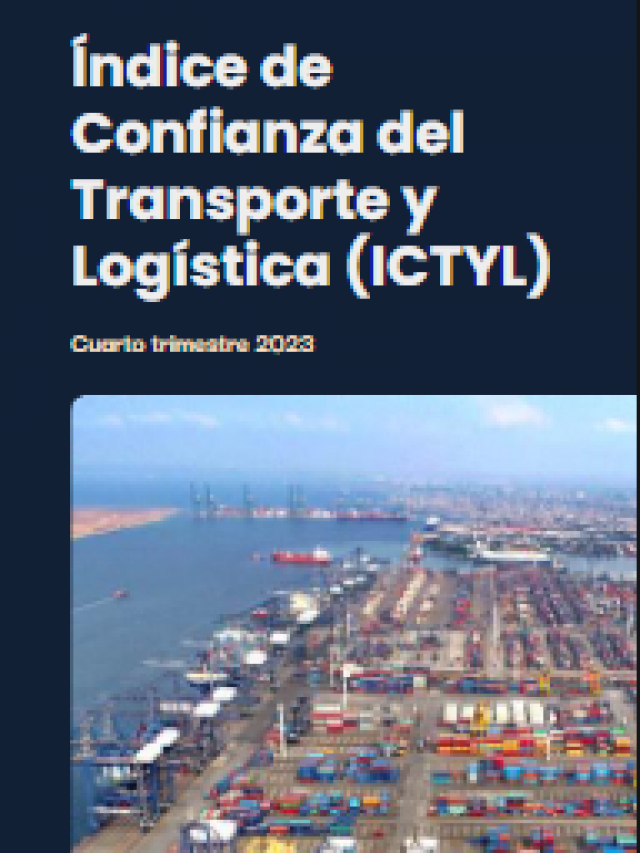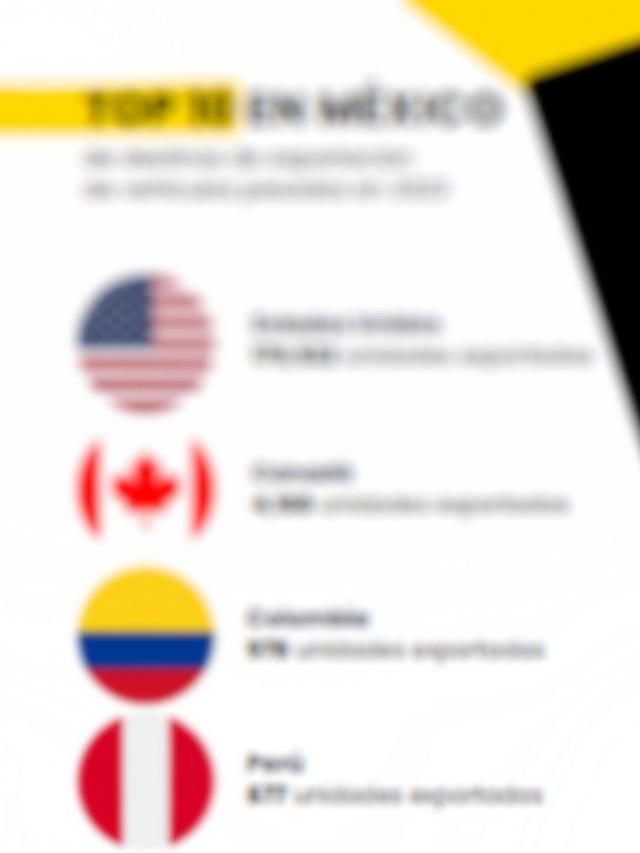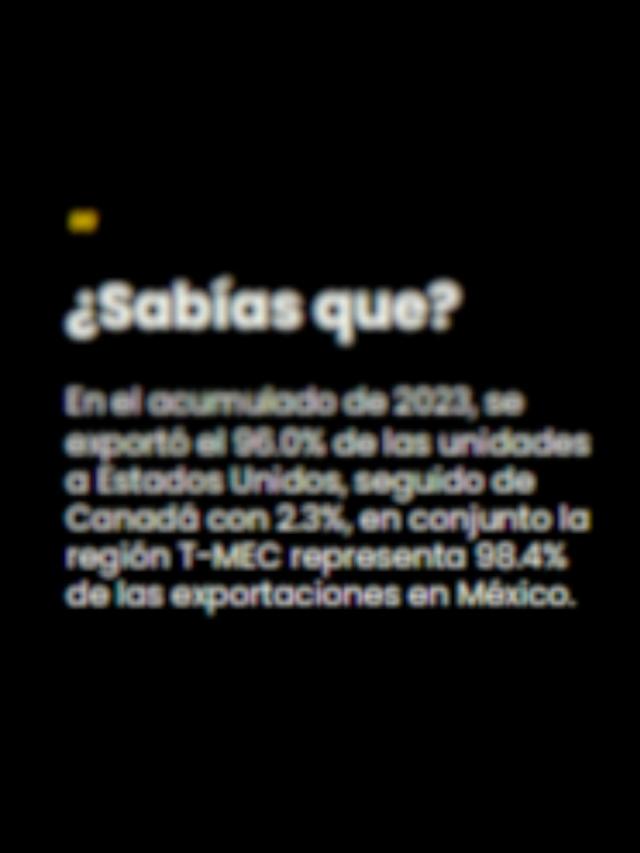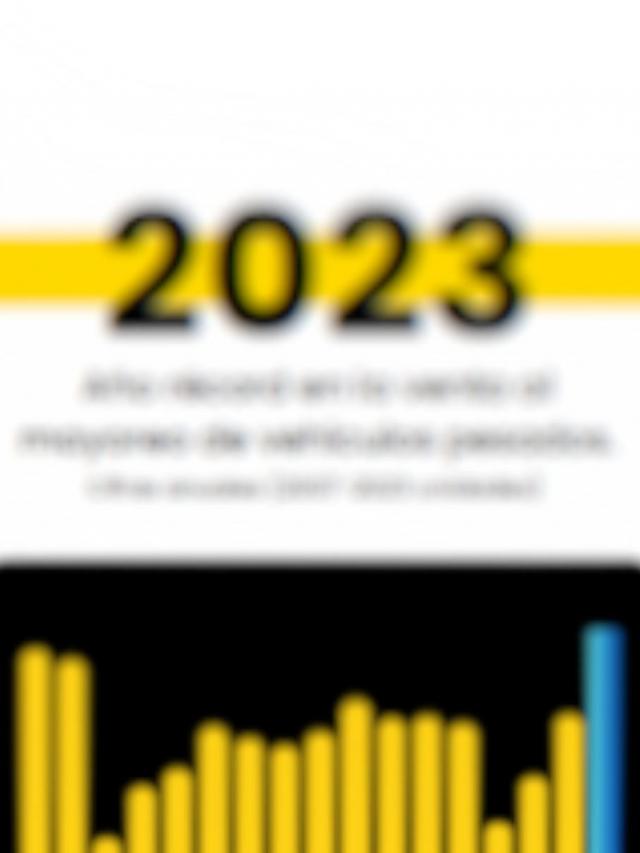
The digitalization of the Mexican customs system is seen with optimism and despite the challenges that foreign trade has faced due to technological failures, the National Customs Agency of Mexico (ANAM) is working on the development of new tools to modernize its processes.
In the recent past, the country’s customs systems have presented constant failures and interruptions that jeopardize the proper functioning of Mexico’s foreign trade.
Even earlier this year, in the framework of ANAM’s third anniversary, the country’s 50 customs offices faced significant problems in the operation of the Foreign Trade Tax Administration Model (MATCE) , the main system in charge of modulating the Customs Clearance Operation Document (DODA) .
These failures have highlighted the limitations of the current technological infrastructure and the challenges facing the modernization of the Mexican customs system.
Despite this, Nashielly Escobedo, general director of the Latin American Confederation of Customs Agents (CLAA) , sees the future of digitalization with optimism in 2025 and highlights the progress that ANAM is making in the development of new technological systems to improve customs operations in the country.
“We know that ANAM is developing its own systems and working with different users, including us, to carry out tests. This is positive, because it means that progress is being made in modernizing processes, although we understand that it is not something that can be done overnight. It is a process that requires time and coordination,” Escobedo said in an interview with T21.
He also acknowledged that there are applications that are already necessary and that must be implemented as soon as possible to optimize operations.
However, he mentioned that it is essential to coordinate with the authorities during critical moments, such as planned maintenance windows, to minimize the impact on customs activities.
In this regard, he welcomes the fact that on February 1st a maintenance window will begin at the Mexican Single Window for Foreign Trade (VUCEM) , “which shows that the needs for updating and improving current tools are being addressed. Although this may cause temporary inconveniences, it is a step in the right direction to avoid major problems in the future,” he added.
Escobedo stressed the importance of the federal government continuing to incorporate new technologies in collaboration with the system’s users.
“It is crucial that those of us operating on the other side of the system can provide feedback so that changes are effective and aligned with operational needs. We are optimistic about this process, but it is important that it does not take too long and that the solutions are sustainable in the long term.”
Comment and follow us on X:@jenna_GH_ / @GrupoT21















